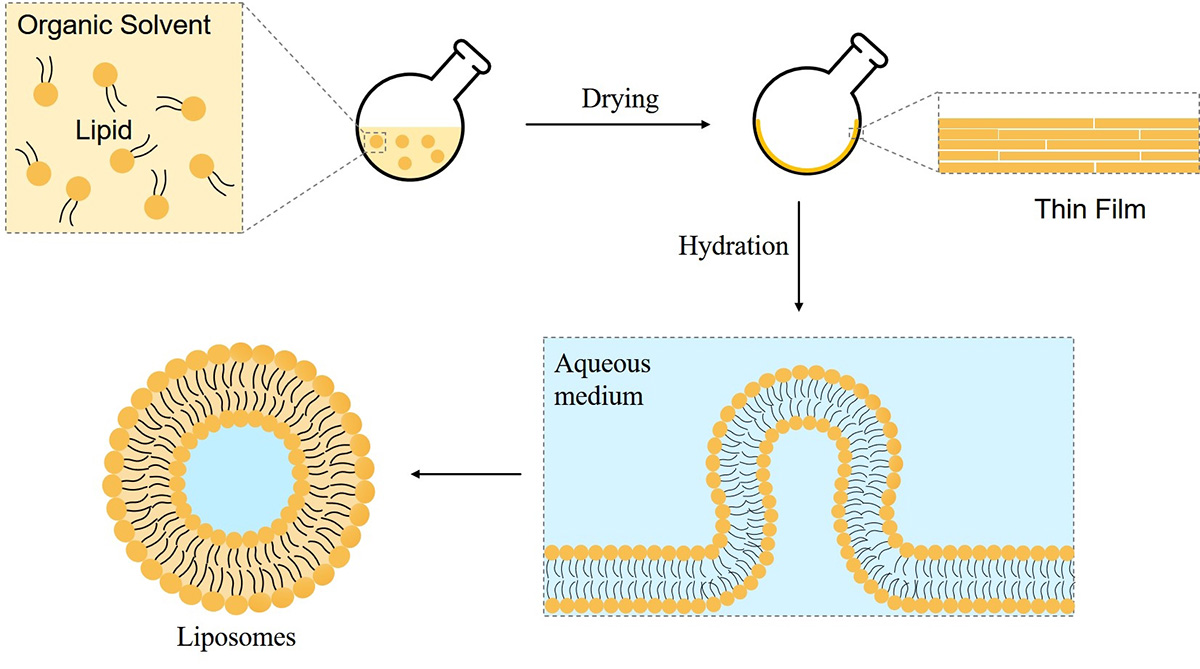There are a lot of ordered combinations in organisms. For example, cell membrane is a kind of natural ordered combination, which is composed of phospholipids, cholesterol, membrane proteins, and glycolipids. Liposome represents the most perfect model of biological membranes, which can only be formed by two-tailed or special-structured surfactants. Understanding the formation of surfactant micelles is the basis of studying liposomes because liposomes are a special form of micelles.
In the past four decades, the molecular self-assembly of organic molecules and amphiphilic molecules has received greater scientific attention. Self-assembly is a process in which the pre-existing disordered system of components forms an organized structure due to the specific and local interaction between components, without any external guidance. When the components are molecules, this process is called molecular self-assembly.
There are two main types of molecular self-assembly: intramolecular self-assembly and intermolecular self-assembly. Intramolecular self-assembly molecules are usually complex polymers with the ability to assemble well-defined stable structures (secondary and tertiary structures) from random coil conformations. Therefore, molecular self-assembly is a key concept in supramolecular chemistry, because molecular assembly is carried out through non-covalent interactions (e.g., hydrogen bonding, metal coordination, hydrophobic force, van der Waals force, π-π interaction and/or electrostatic and electromagnetic interactions). Common examples include the formation of micelles, vesicles, liquid crystal phases, and Langmuir monolayers from surfactant molecules.
In general, surfactants and amphiphilic block copolymers assemble into micelles at low concentrations. According to the relative hydrophobicity and the relative composition/geometry of hydrophilic and hydrophobic parts, spherical, late or flat spherical micelles were formed. Lipids, on the other hand, usually form layered bilayers structure in the main part of the phase diagram, and form vesicles in dilute solution.
Phospholipids, cholesterol, synthetic lipids, and some modified lipids are special surfactants. Amphiphilic structure is the structural basis for the formation of self-assembly of molecules in solution, and the shape of self-assembly is largely determined by the structure of amphiphilic molecules. The formation of liposomes is closely related to the formation of surfactant micelles, and they are all typical examples of self-assembly.
 Fig.1 Schematic illustration of liposomes formation via self-assembly.
Fig.1 Schematic illustration of liposomes formation via self-assembly.
According to the self-assembly theory of micelles, the design and preparation of liposome formulations should be considered from three aspects: energy stability, molecular structure, and entropy increase theory.
We have strong and extensive expertise and years of experience in the field of drug delivery and lipid biophysics. For more details about our services, please directly contact us.
 For Research Use Only. Not For Clinical Use
For Research Use Only. Not For Clinical UseSupports
Online Inquiry

